amethyst
February's birthstone
February's Birthstone is Amethyst

5.74ct Amethyst from Brazil
Table of Contents
- What is Amethyst?
- The History and Symbolism of Amethyst
- The Origins of Amethyst
- Heat Treatment and Colour Enhancement of Amethyst
- Famous Amethyst Pieces
- Amethyst for Sale
"Jewels are not made by angels, but by nature, and amethyst is among her finest works."
– Adapted from Robert Boyle
1. What is Amethyst?
Amethyst, the most popular variety of crystalline quartz, is February's traditional and modern birthstone. Recognised for its lilac through to royal purple hue, this gemstone has been treasured for centuries for its beauty and symbolism.
Chemical Composition: Silicon Dioxide SiO₂ (Silicon Dioxide)
Crystal System: Trigonal
Refractive Index: 1.54 to 1.56
Specific Gravity: 2.65
Double Refraction: 0.009
Mohs Hardness: 7
Lustre: Vitreous

Amethyst cluster from Artigas, Uruguay
2. The History and Symbolism of Amethyst
Amethyst has long been associated with love and devotion. Saint Valentine, the 3rd-century Roman Catholic priest and patron saint of lovers, was said to wear an Amethyst ring engraved with an image of Cupid. This historical connection ties Amethyst to February and makes it a fitting birthstone for the month.
The name Amethyst comes from the Greek word amethystos, meaning 'not intoxicated'. In ancient Greece and Rome, the gem's deep purple colour was likened to wine, leading to the belief that wearing Amethyst could prevent drunkenness. As a result of this belief, goblets, rings, and jewellery were often adorned with Amethyst to ward off the effects of alcohol.
Rarity and Accessibility of Amethyst
Before the 19th century, Amethyst was considered a rare and valuable gemstone, rivalling the price of sapphires, rubies and emeralds. It was highly sought after by royalty, inspiring the rich purple hues of regal garments and crowns. Large deposits were discovered in Brazil in the 19th century, making Amethyst more widely available and affordable and decreasing its price and perceived rarity. It is now one of the more abundant gemstones available on the gem market, though clean gem quality pieces with excellent cutting and perfect clarity are always coveted.

Roman intaglio engraved gem of Caracalla in amethyst, once in the Treasury of Sainte-Chapelle
3. The Origins of Amethyst
Amethyst quartz forms over millions of years under specific geological conditions. Its vibrant purple colour is the result of trace amounts of iron and natural radiation within the Earth.
Amethyst typically forms in geodes, which are hollow rock cavities lined with crystals. These geodes originate from volcanic activity, where gas bubbles trapped in lava gradually fill with mineral-rich solutions. As the lava cools, silica (the primary component of quartz) crystallises, and iron impurities interact with natural gamma radiation to create Amethysts signature purple hue.
The intensity of an Amethyst's colour depends on the concentration of iron and the level of radiation exposure. Higher iron content and stronger radiation result in deeper, more vibrant purples.
Amethyst is mined worldwide, but specific locations produce excellent specimens:
Brazil: One of the most significant sources, Brazil yields Amethyst in large geodes, some of which are massive enough for a person to stand inside. Brazilian Amethyst varies from pale lavender to deep purple.
Uruguay: Known for its smaller yet intensely saturated Amethyst crystals, Uruguayan stones often display a rich, deep purple colour with high clarity.
Zambia: Produces some of the highest-quality Amethyst, characterised by a deep royal purple with hints of red and blue. Zambian Amethyst is highly prized for its rich saturation and exceptional brilliance.
Russia (Siberia): Historically, Siberia was home to some of the finest Amethyst mines, producing deep, reddish-purple gems. Although these mines are largely depleted, the term 'Siberian Amethyst' is still used to describe top-quality gemstones, regardless of origin.
Morocco: A relatively new discovery, Moroccan Amethyst displays a unique colour mix of purple and cranberry, adding a fresh variety to the market.
India, Madagascar, and the USA: These countries also produce Amethyst, though the quality varies, with some deposits yielding lighter-coloured stones.

Quartz Mining Sites Wordlwide
4. Heat Treatment and Colour Enhancement of Amethyst
While Amethyst is naturally purple, heat treatment can alter its colour. When exposed to high temperatures (around 400-500 celcius), Amethyst can turn yellow, green, or even colourless. Some yellow-hued quartz sold as Citrine is heat-treated Amethyst. Certain green varieties, sometimes called Prasiolite, also result from heating-specific Amethyst deposits.
5. Famous Amethyst Pieces
The Delhi Purple Sapphire (Actually an Amethyst)
The Delhi Purple Sapphire, despite its name, is actually a deep violet amethyst with a reputation for being cursed. Its origins trace back to 1857 during the Indian Rebellion, when British soldier Colonel W. Ferris looted it from a temple dedicated to Indra, the Hindu god of rain and thunderstorms. Soon after acquiring the gem, Ferris and his family reportedly suffered a series of misfortunes, fueling rumors of its malevolent influence.
In 1890, the amethyst came into the possession of Edward Heron-Allen, a respected British scientist and writer. Despite his rational mindset, he became convinced of the gem’s curse after experiencing personal hardships and witnessing similar misfortunes befall friends who borrowed it. In a desperate attempt to rid himself of the stone, he threw it into London’s Regent’s Canal, only for it to resurface in his possession months later. Ultimately, he sealed it in seven protective boxes, attaching a warning note, and locked it away.
Following Heron-Allen’s death in 1943, his daughter donated the gemstone to London’s Natural History Museum, where it remained stored until 1972. A museum curator later rediscovered it alongside Heron-Allen’s cautionary letter. Today, the Delhi Purple Sapphire remains part of the museum’s collection, standing as a testament to the enduring legend surrounding gemstones and their perceived supernatural powers.

The Dehli Purple Sapphire
The Duchess of Windsor's Cartier Amethyst Collar
In 1947 the then Duke of Windsor (former King Edward VIII) commissioned this striking necklace for his the love of his life, Wallis Simpson, the Duchess of Windsor. It features a large Amethyst centerpiece surrounded by turquoise and diamonds. Designed by Cartier, it remains one of the most iconic Amethyst jewellery pieces in history.

Wallis Simpson's Cartier Amethyst Collar
The Morris Amethyst Brooch
The Morris Amethyst Brooch: This stunning Victorian-era brooch features a deep purple 96ct Amethyst in a heart shape surrounded by old European cut diamonds. The mounting showcases a platinum filigree top with a yellow gold undercarriage, a common combination in Edwardian jewellery (1901 - 1915). The filigree work incorporates a fleur-de-lis motif, adding to its intricate design. The Morris Brooch is part of the Smithsonian National Gem Collection and showcases Amethyst's enduring popularity in fine jewellery.

The Morris Amethyst Brooch
6. Amethyst for Sale
With a Mohs hardness rating of 7, Amethyst is durable enough for everyday wear and makes an excellent choice for a ring, earrings, or a pendant. As February's birthstone, it carries sentimental value for those born in the month. It is also the traditional gemstone for 6th wedding anniversaries, making it a meaningful gift.
Find Your Perfect Amethyst
The Sapphire Merchant is New Zealand's premier gemstone retailer and custom jewellery house, and we serve clients worldwide. Are you looking to make an exquisite fine jewellery piece from Amethyst? Select one of our quality amethyst gemstones, or allow us to source you the perfect option.

